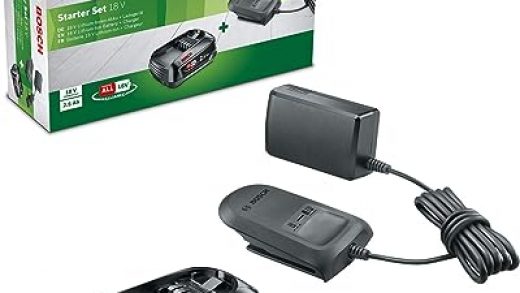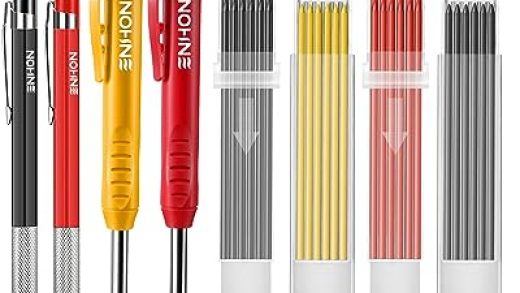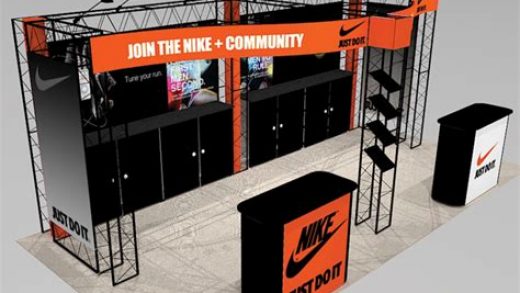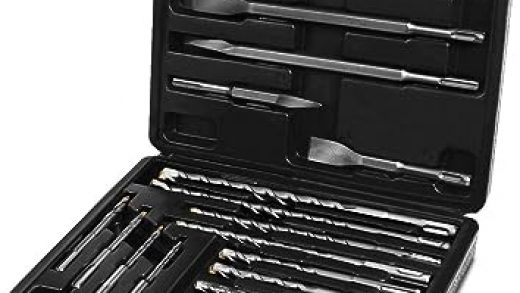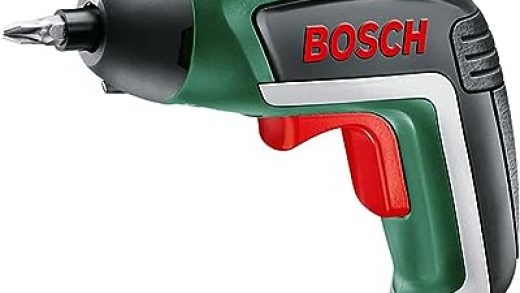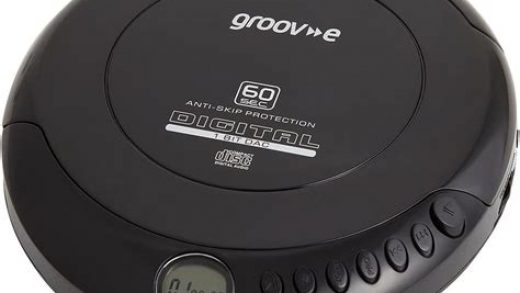The iconic mini brick cell phone, reminiscent of the classic 1980s design, is making a resurgence in the tech world. These retro cellular telephones, which once were a symbol of technological advancement, have now transitioned into a nostalgic piece. Known for their durability and straightforward design, these phones cater to those in demanding work environments, like construction and factory settings.
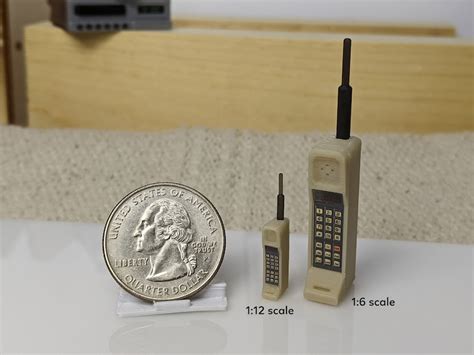
These devices, though once valued at hundreds of dollars, now hold more sentimental value than practical utility. They serve as a reminder of the rapid evolution of mobile technology. The re-release of Nokia’s 6310, celebrating 20 years since its debut in the UK, illustrates this trend. Nokia’s new owners, HMD, recognized the lasting appeal of these models, leading to the release of the 4G and non-4G Nokia 3310, a colorful modern take on the classic.
The Nokia 2720 Flip, another throwback design, features dual screens and a tough polycarbonate body. Despite its old-school vibe, it offers up to 28 days of standby time on a single charge, blending the past and the present.
These brick phones are not just a blast from the past; they also offer practicality. The B35 model, for example, is 4G ready, dustproof, waterproof, and drop-proof, perfect for anyone needing a sturdy and reliable phone. The evolution of mobile phones, from the first Motorola DynaTAC in 1983 to the present day, showcases incredible technological advancements, yet there’s still a fondness for the simpler, rugged design of the past.
While the Nokia 1100 may seem insignificant in our smartphone-dominated world, it and its counterparts, like the Motorola StarTac, hold a special place in mobile history. These devices are more than just phones; they’re a testament to the journey of mobile technology.

